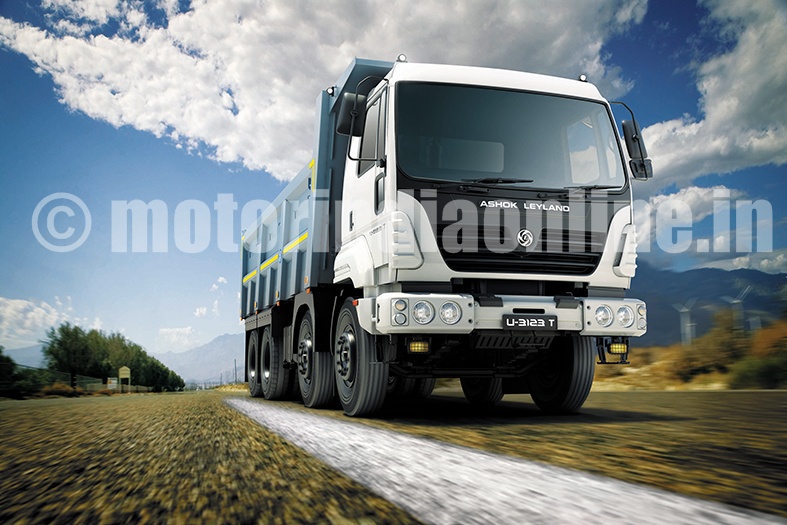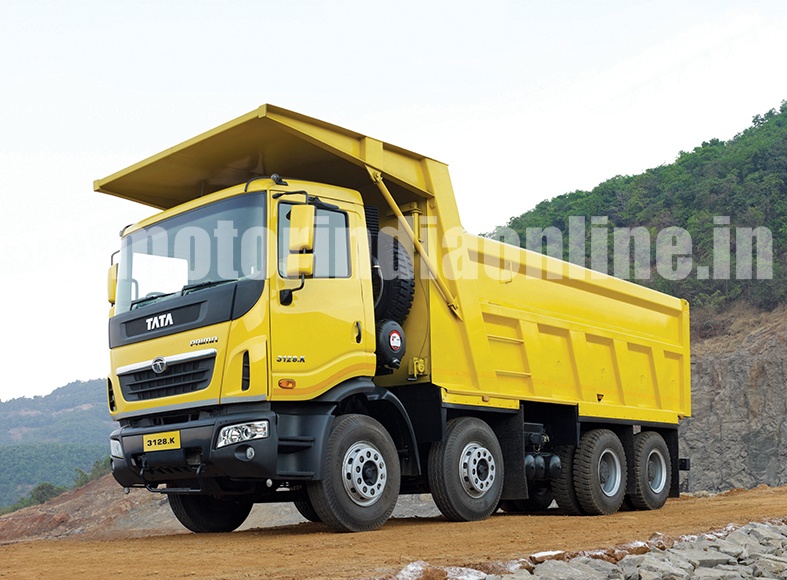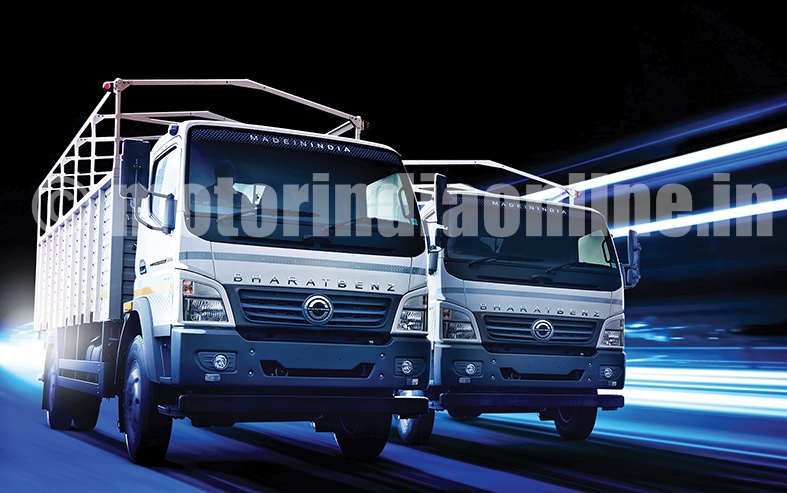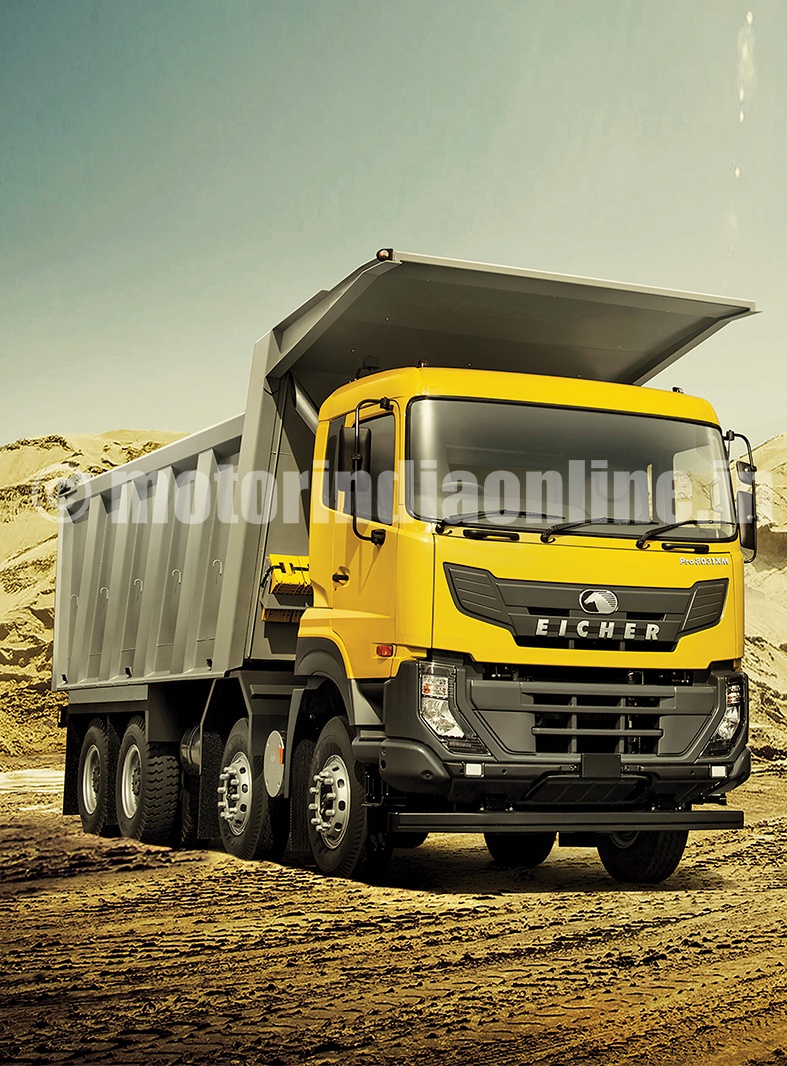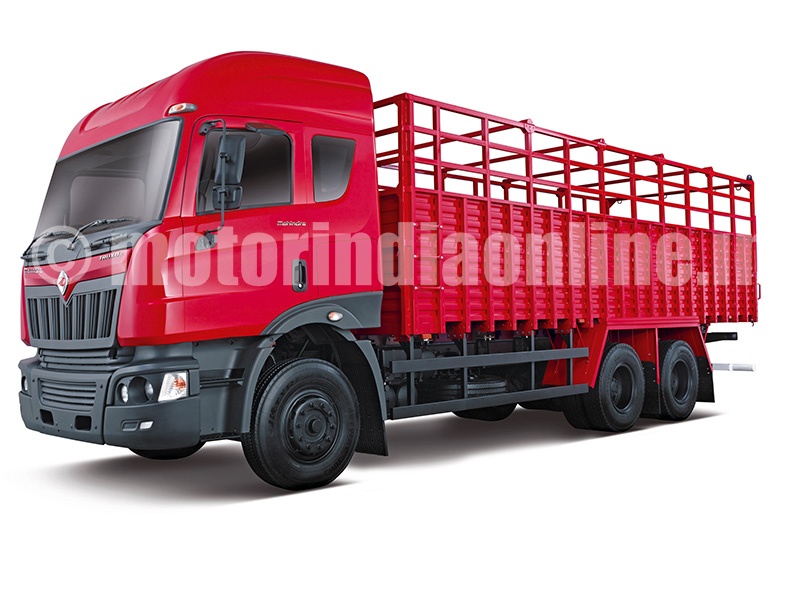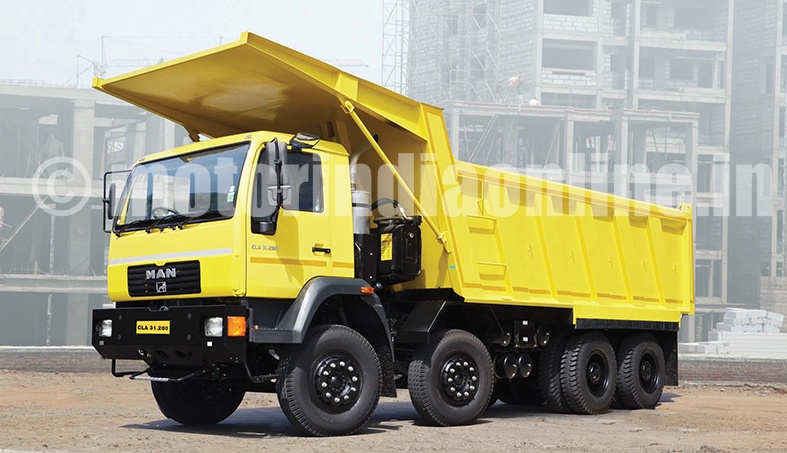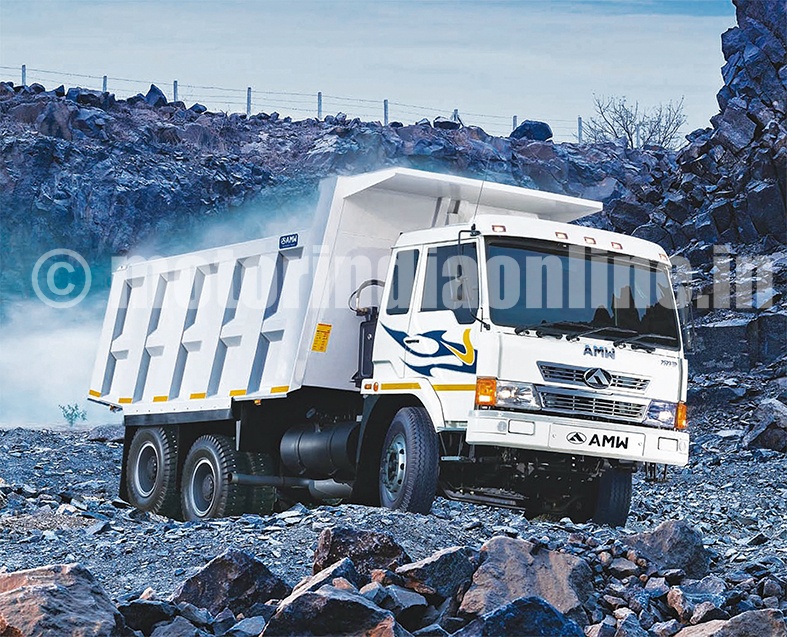India and trucks have a unique relationship. This is true to a large extent even today. The reason is that India is one of the few countries where the power-to-weight ratio in trucks is the lowest. There are six-lane highways. Talking about eight lanes as prevalent in foreign countries is a far cry in terms of road infrastructure development. The Indian truck or rather CV industry is one of the very few industries minimally impacted by foreign companies, or rather has largely resisted market penetration by global majors.
Unlike the passenger car segment where there are many major groups, the global CV industry comprises a handful of companies that dominate, and with the exception of PACCAR most other companies are present in India either through a subsidiary or through equity partnerships. While home-grown truck makers like Tata Motors, Ashok Leyland and Eicher (though now Volvo-Eicher) have given a tough fight to the global rivals, it looks like their hold on the market has only gotten stronger.
Indian trucks are unique in a number of ways – the lowest power-to-weight ratio, aftermarket wooden cabin, wooden load bodies, no AC provision in most vehicle models, no sign of migration to tubeless radials, etc.
India is a growing economy and transportation is an important sector contributing to economic growth. While the transport sector usually grows in tandem with the GDP, the fall is always steeper than the rise. The TIV of M&HCVs (GVW above 7.5T) in the Indian market is around 3 lakhs and that of LCVs (GVW less than 7.5T) is almost a little more than double the size of M&HCVs.
Despite the TIV of the entire CV industry being close to a million trucks and buses, India is still way behind the actual requirements in terms of performance and technology which actually indicates the market has plenty of opportunities for growth and change in the coming years.
It was in 2008 that Tata Motors launched its much-awaited global truck platform Prima in collaboration with Daewoo, a result of its aspiration to become a global player. The Prima was launched at the right time when the Indian trucking industry was sailing high in terms of sales and capacities. The Prima was so technologically advanced that it made a mockery of all the above statements about the Indian trucking industry being primitive in nature. When launched, the smallest variant of the Prima was the 4028S with a 280hp engine and loaded with a host of features. Now, Tata Motors has made available the Prima LX, a more affordable platform, to suit specific customer requirements, while the Signa is its new entry level range launched with the aim of raising the standards in the mass market segment.
A few years later, when BS III kicked in, in 2010, it was Ashok Leyland’s turn to bring out a new platform, the U-Truck, which was a step ahead in the right direction which allowed AL to migrate its products from the traditional 120+ hp engine in 16T trucks to engines with 160 hp. AL had made several attempts in the past for offering higher hp variants, an important one being its array of products with 260 hp J series engines.
In fact, in 2004, a set of products – 3126J and 4026J – were indigenously developed in this category and launched along with NewGen Cab, but the 8L engine was too futuristic for India at that point of time. Later in 2015, AL launched its new platform Captain, which will be the company’s face for the next decade at least.
If Tata Motors and Ashok Leyland have been building the Indian CV industry since Independence, it was Asia Motor Works (AMW), a new entrant in the early last decade, which moved the trucks one notch higher. There weren’t too many fully-built trucks at the time AMW came on the scene. Nor were ACs heard of in trucks. AMW made all this possible by building trucks with aggregates that were quite familiar in the Indian market at that point of time. AMW did not focus on designing a new engine or a cabin but put together a rigid and optimum powertrain with the right kind of vehicle integration to succeed in the Indian market. At one point of time, AMW was challenging Tata and AL in mining trucks, which became its bread and butter segment, thanks to its 2528TP and 2523TP models.
During this phase, MAN made an entry into India with its CLA range which catered to niche applications, delivering a whole new level of performance. While the bright yellow and simple cab design and hub-reduction prime movers were its signature, its 4 cylinder-engine was a first-of-its-kind for heavy duty trucks at that time.
The competition started hotting up after 2010 when Mahindra made a foray into the M&HCV space. Unlike other players, Mahindra already had its strong presence in the SCV category and boasted a share of over 70 per cent in the pick-up market. Its aspirations to become a full-fledged automobile company drove it to partner North American trucking giant Navistar to enter the M&HCV market in India.
With full first page advertisements in top dailies and with its ‘Ok is no Longer Ok’ slogan, Mahindra Navistar marked its market entry in style. After a promising start, Navistar had to exit the JV leaving Mahindra to go solo. Mahindra cabs are still among the best and most user-friendly and are considered a benchmark by many in the field.
Then came the all-important entry from global market leader Daimler. What made Daimler’s entry into India special was its move to create an India-specific brand BharatBenz, something which it had never done in any market in more than 100 years of its history. Having done a deep study of the Indian market conditions, product requirements and customer usage patterns, Daimler came up with a truck range that offered so much value for money in terms of factory built cabs, higher power engines and a lower total operating cost. Within a couple of years of market launch, BharatBenz reached No.4 in the pecking order, a good testimony to a successful start to the world leader’s long-term campaign in the Indian market.
Amidst all this was the rise of the Eicher brand through Volvo-Eicher Commercial Vehicles. Though the joint venture was formed in 2008, the big breakthrough for Eicher was with the launch of the Pro Series range in 2014, which signalled a complete product portfolio overhaul, making the company future-ready. VECV has been an excellent example of how a joint venture can transform a company. With cabs from UD Trucks, engines from Volvo, and a whole-new fascia design, the new array of products under the Pro Series tag are setting new benchmarks in the industry.
With all these developments from the top guns in the Indian truck industry, it would be appropriate to say that India has a level playing field on the OEM side. The biggest gainer of course would be the customer who now has plenty of world-class options to choose from and deservedly enjoys the attention of all OEMs. This is in keeping with the saying that ‘the customer is king’.
Coming to the premium segment, Volvo was the first to enter the deep mining area in India with its FH series. Later, it came up with variants and new products, including its current flagship the FMX 440 8×4 tipper.
With Volvo offering trucks with a host of top-end features, it was no surprise that 15 of the 20 features mandated by DGMS were available as standard features in Volvo vehicles.
Daimler brought in the Mercedes-Benz Actros for the Indian deep mining segment, but after bagging an order for 150 units from BGR Mining, it changed its strategy and revamped its product offering for the space. Now, Daimler offers the BharatBenz ‘Thunderbolt’ range of tippers which are the first locally-made products to enter the deep mining segment in the country.
Scania’s entry into the premium truck market made things interesting. The Swedish truck maker works with L&T in the mining segment, a combination that has been largely successful till date. Scania’s compact P-series suits the vast majority of distribution and construction needs in the Indian market. All three ranges of Scania tippers P, Q and R are available in India with varied powertrain options to suit different applications.
With this overview of the Indian truck market, we highlight in the following pages some of the new generation trucking platforms and models which are set to script the future of Indian trucking.
